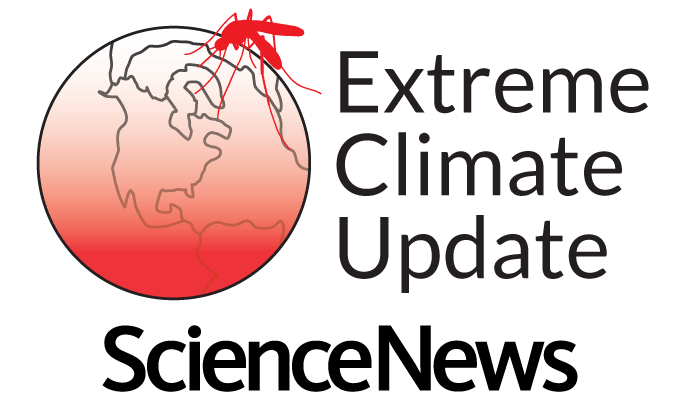Extreme heat and rain contribute to the increase in mosquito populations, which can lead to the spread of diseases. The warm temperatures and abundant water provide ideal conditions for mosquitoes to lay their eggs and for the subsequent offspring to thrive. While the mosquitoes themselves are not the issue, the viruses, bacteria, and parasites they carry can be harmful to humans. As a result, questions arise about whether a hotter and wetter climate will raise the risk of mosquito-borne diseases and what measures can be taken to protect against them.
Dengue fever, a mosquito-borne disease transmitted primarily by Aedes aegypti mosquitoes, has seen a significant increase in cases in recent years. In 2024, there have been over 11 million cases reported globally, with the majority occurring in the Americas. Climate change, El Niño events, urbanization, and the number of susceptible individuals have all contributed to the rise in dengue cases. Rising temperatures have been linked to an 18 percent increase in dengue transmission in the Americas and Asia compared to a world without warming. If temperatures continue to rise, transmission rates could increase significantly by 2050.
In addition to mosquitoes, ticks are also a concern when it comes to the spread of diseases. Tick populations are less affected by short-term weather changes, but warming winters have allowed more tick larvae to survive and thrive. Deer ticks, which carry the bacteria that causes Lyme disease, are gradually expanding their range northward, putting more people at risk. Protecting oneself from mosquito and tick bites is essential to preventing the spread of disease. This can be done through the use of repellents, protective clothing, tick checks, screens on windows, and eliminating standing water where mosquitoes may lay eggs.
As extreme weather events become more common due to climate change, the risk of mosquito and tick-borne diseases is also on the rise. Understanding the factors that contribute to the spread of these diseases and taking preventive measures is crucial in mitigating their impact on public health. By staying informed and proactive, individuals can protect themselves and their communities from the threat of these vector-borne illnesses. Scientists and researchers continue to study the relationship between climate change and disease transmission to develop strategies for prevention and control.
Reading questions from readers about Earth’s extreme climate conditions highlights the importance of understanding and addressing the challenges posed by changing environmental conditions. By seeking answers to these inquiries, we can enhance our knowledge of how climate change impacts various aspects of our lives, including the spread of diseases. Collaboration between scientists, public health officials, and the community is essential in developing effective strategies for adapting to and mitigating the effects of extreme climate events. It is crucial to continue monitoring and addressing the risks associated with changing climate patterns to safeguard public health and well-being.















